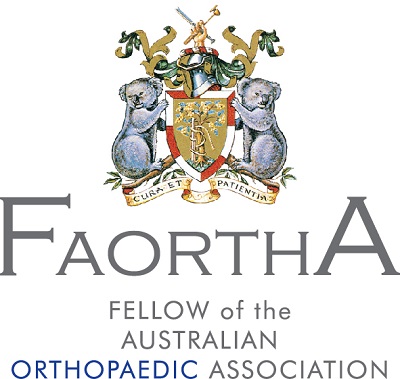Finger Fractures
Finger bones are called phalanges. Each finger has three phalanges, except the thumb, which has two phalanges. Even though the bones are small, fractures can can be serious as they affect the normal functioning of the hand.
Finger fractures can be caused by impact such as a fall, slamming fingers in a door or by a fast moving object like a ball.
Symptoms may include:
- Pain which may range from dull and tolerable to severe
- Swelling
- Bruising
- Numbness or weakness
- Difficulty moving finger
- Visible deformity if bones are displaced
Diagnosis may involve:
- An examination
- X-Ray +/- CT
Treatment
Most finger fractures are treated with strapping or a splint. More serious fractures may require surgery. Depending on the location and pattern of the break, pins, wires, screws and metal plates can be used.
Pins can be used to stabilise the fracture once the bones are realigned. The ends of the pins remain outside the body and are removed when the fracture heals. If the bone can’t be stabilised using pins Dr Kenny can make an incision and use implants which are not removed.
Post operative care
Elevation of the hand will reduce swelling.
If you have had pins inserted, you will be advised how to keep the pin sites clean to prevent infection. The pins will be removed when the bone has healed, usually in 3-6 weeks.
Dr Kenny can advise you when stitches need to be removed and when you can return to activities such as driving.
Follow the advice of the hand therapist to the get the best results from your treatment.
Prognosis
Recovery time can range from a few weeks to a year. The prognosis depends on various factors such nerve and vascular injury.






